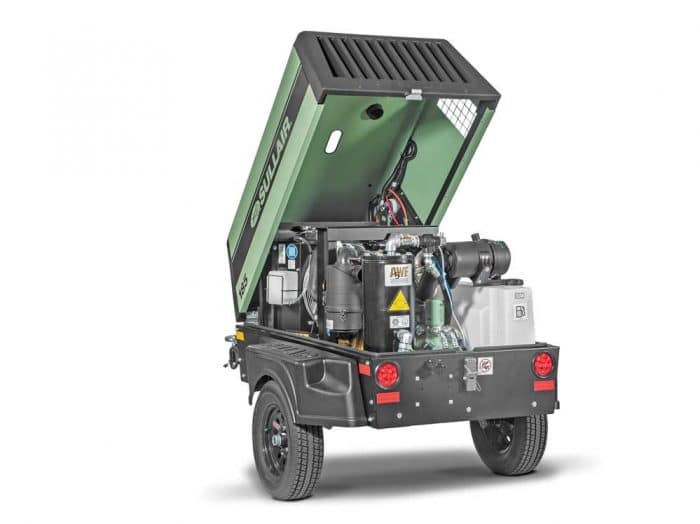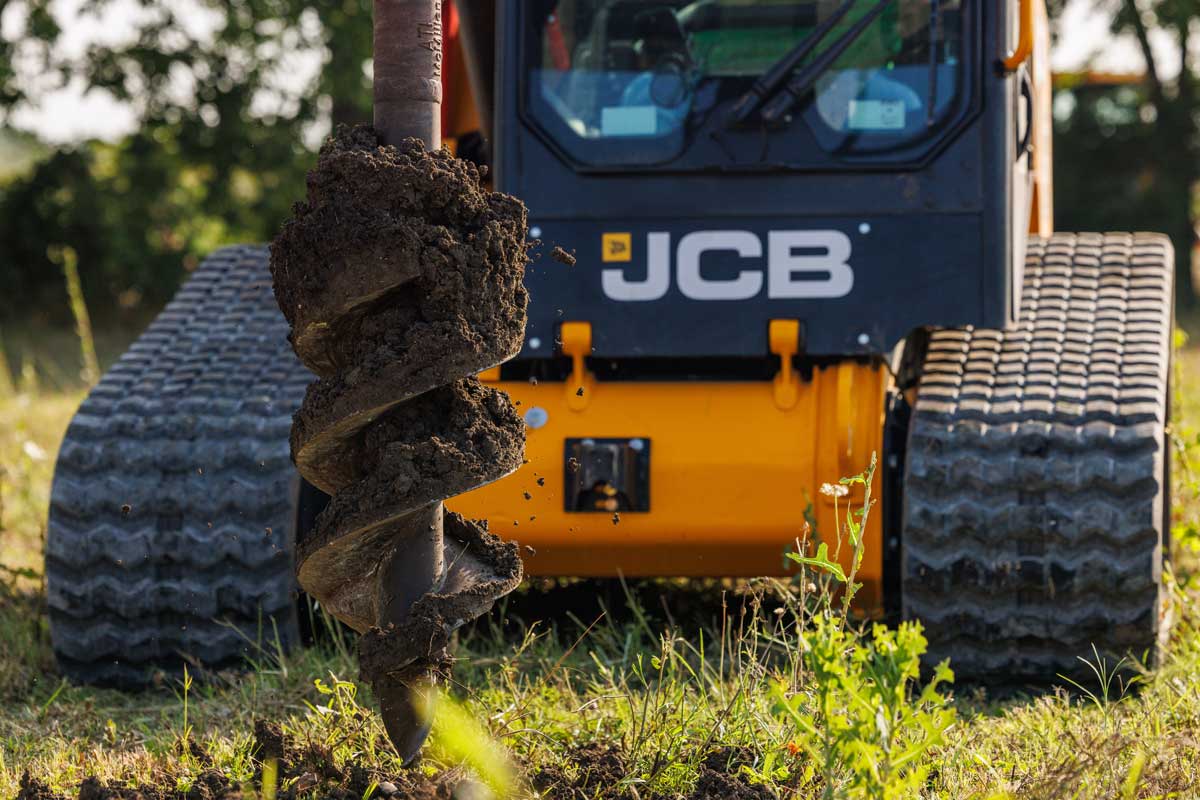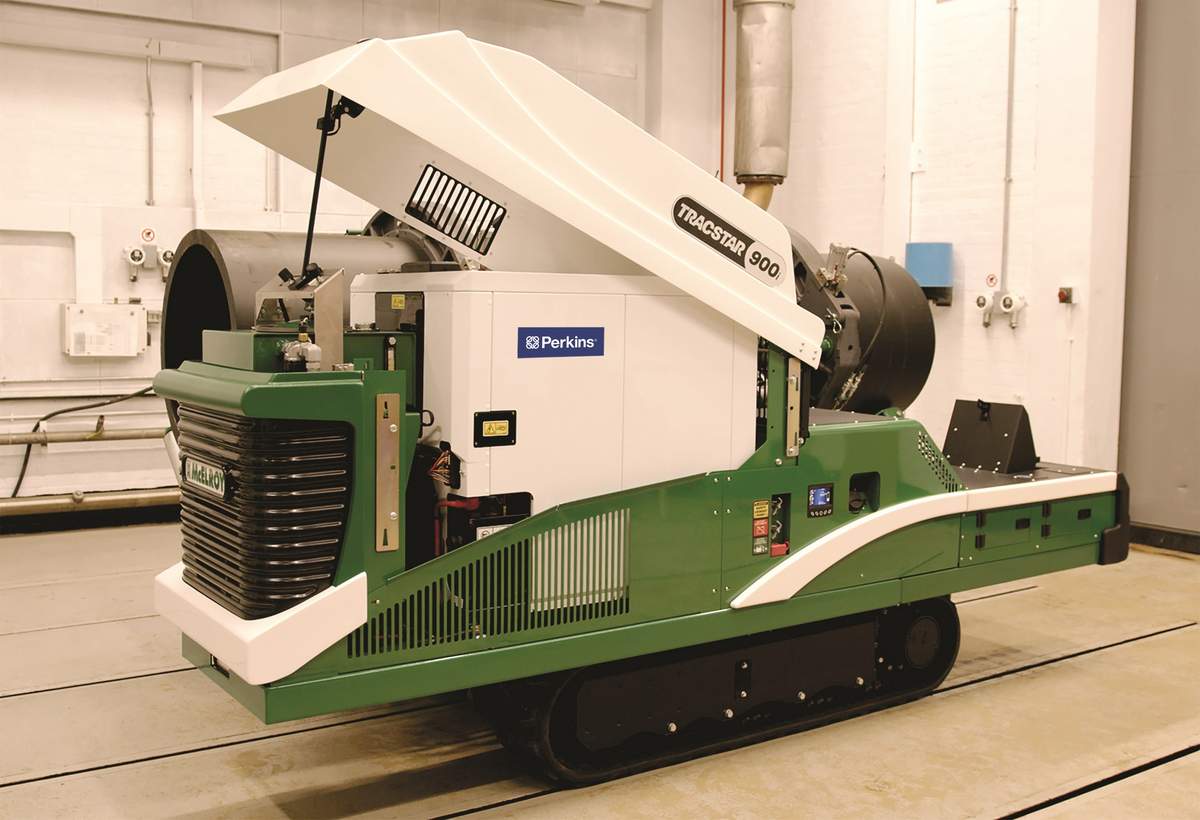Fluid Sampling: Discover New Levels of Engine Insights Analyzing Oil, Coolant and Fuel

Most medical diagnoses either begin with or eventually include analysis of a blood sample because blood is a vital fluid that ultimately interacts with every cell in the body. Blood delivers oxygen and nutrients, removes waste and is the pathway your immune system uses to fight disease. Precisely because it performs all those functions, it also carries indicators that give the physician insight into how well the vital systems within your body are functioning and what remedial actions may be needed.
Obviously, a human body is orders of magnitude more complex than a diesel engine, but the principle of using a fluid sample to determine how well either is functioning and to determine appropriate remedial actions is applicable to both. That is why Perkins and other engine builders have invested in fluid sampling technology that provides a critical look inside your engine to help you save money by identifying incipient issues and addressing them before they become critical or result in a failure.
Actually, your engine has three critical fluids — oil, coolant and fuel — that need to be sampled regularly to provide a complete picture of its health. If your engine is covered by a customer service agreement, or a comprehensive maintenance plan like Perkins Hypercare, fluid sampling probably is already in place. But, if it isn’t, the OEM or a local lab should be ready to handle oil, coolant and fuel sampling for you. Here’s how it works and why it’s important.
Oil Sampling
Engine oil is in contact with virtually all the critical components inside your engine, including cylinder liners, piston rings, piston skirts, rod and main bearings, crankshaft and camshaft, plus the turbocharger shaft and bearings if your engine has one. As those components wear during normal use, they deposit identifiable chemical elements in the oil that can be used to evaluate their condition. Here are some examples:
• Iron or chrome may come from cylinder liners and/or piston rings.
• Aluminum usually comes from piston skirts.
• Lead typically comes from main bearings and/or the crankshaft.
• Sodium, potassium or copper nearly always come from coolant contamination.
• High levels of silicon usually indicate dirt contamination.
• Various combinations can help pinpoint the diagnosis to a particular component or system.
A sudden increase in one or more of these elements may indicate an abnormal condition requiring immediate attention. But, probably more useful for most situations is a trend analysis that uses results gathered over an extended period of time, usually three to five samples, as a baseline to which a current sample is compared. For a trend analysis to be effective, all of the samples must be collected identically and the hours the oil was used and the total number of engine hours must be accurately reported.
In addition to its diagnostic usefulness, engine oil sampling data can be used to optimize oil change intervals, potentially extending them to reduce costs or shortening them to forestall excessive engine wear.

Coolant Sampling
Coolant is probably the single most overlooked fluid in most maintenance programs, but cooling system failure is responsible for about 50 percent of all engine downtime. It may be tempting to skip coolant maintenance or recycle coolants to avoid disposal costs, but both are false economies in the long run. Coolant test results can help identify excessive wear and potential failure of water pumps and gaskets as well as more serious problems such as cracked engine castings. A comprehensive coolant test should evaluate:
- Glycol level
- pH
- Conductivity
- Nitrite levels
- Precipitates
- Foam
- Freeze/boil point
- Elemental analysis
- Magnetic solids
- Odor
- Color
- Appearance
Coolant should be sampled at every oil change to make sure it has the right chemical balance to provide maximum system protection and cooling efficiency. Today’s diesel engines operate at higher temperatures and typically have smaller radiators and coolant capacities than older engines, which make coolant performance even more critical.
Compact track loaders are the most popular category of compact equipment in America. Learn why with loads of track loader features right here.
Fuel Sampling
Of the three key fluids your engine uses, fuel is by far the one used in greatest quantity, yet its quality is often either assumed or actually ignored. Both can be serious mistakes because fuel quality and chemical composition are both highly variable and critical to the control of engine wear. Regular fuel analysis also plays an important role in emission control by helping identify and eliminate sources of diesel particulates. A fuel test should evaluate and interpret:
- Biodiesel content
- Sulfur content
- Elemental analysis
- Particle count
- Water content
- Microbial growth
- Visual inspection
The Bottom Line
Regular fluid sampling is a great way to monitor the effectiveness of your regular maintenance program and add an extra level of protection for your equipment. It’s a key to avoiding unexpected failures and unplanned downtime while improving your productivity and profitability.
Jim Stanley is the product support readiness manager for Perkins.





Comments are closed here.